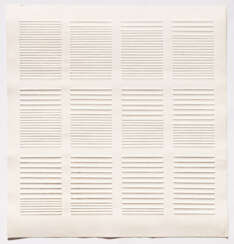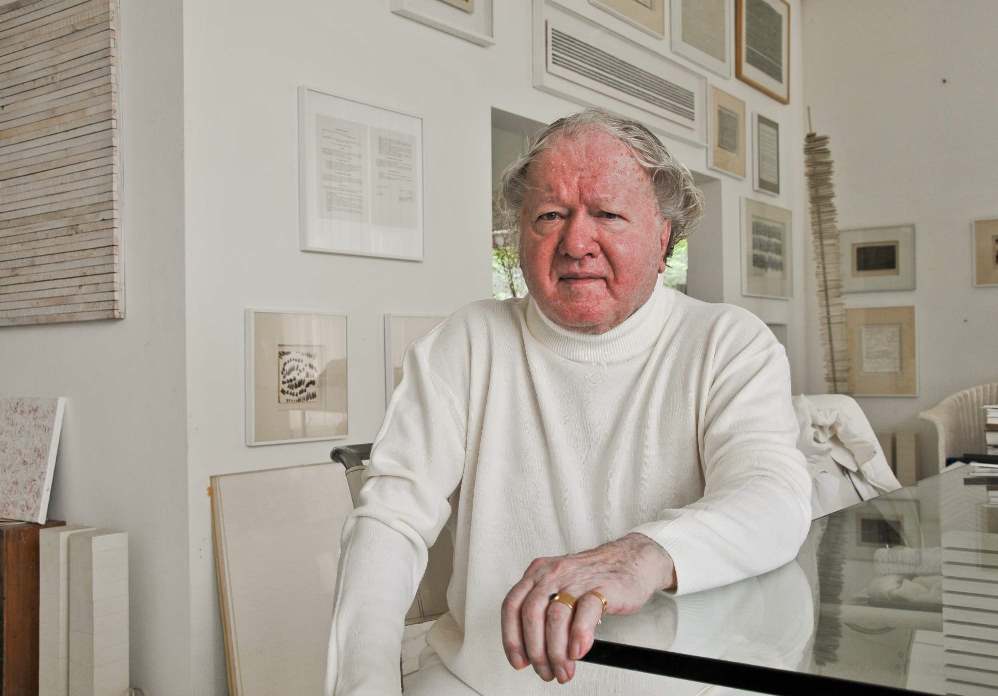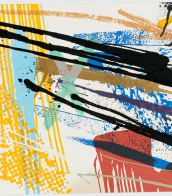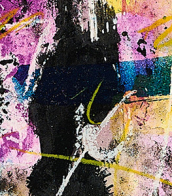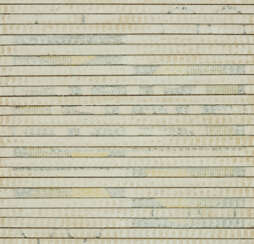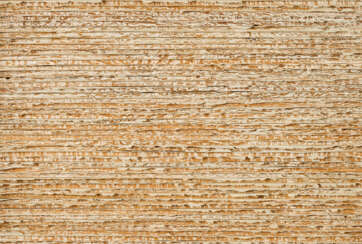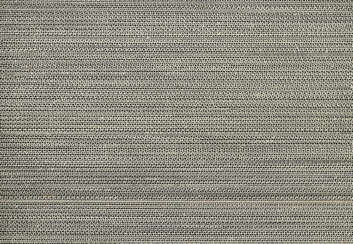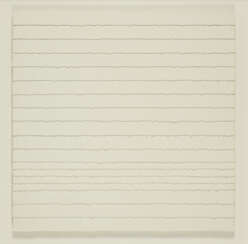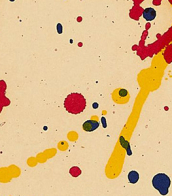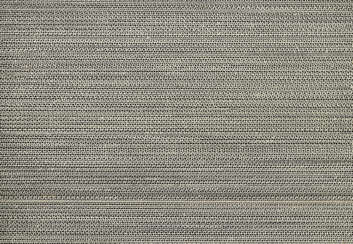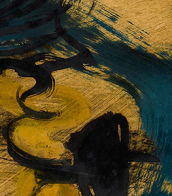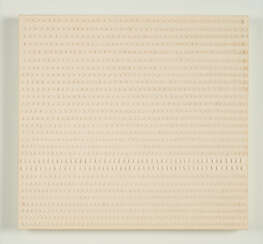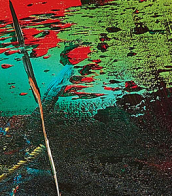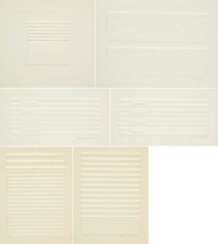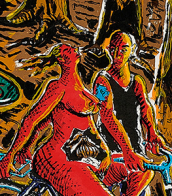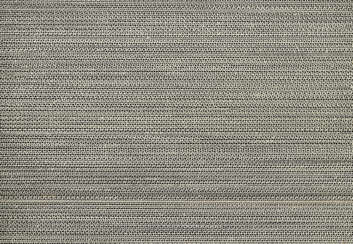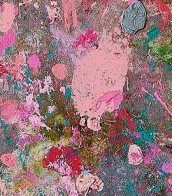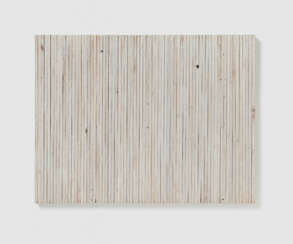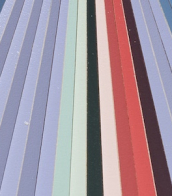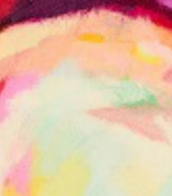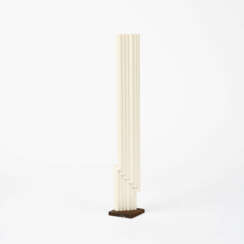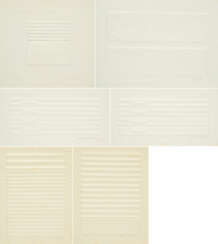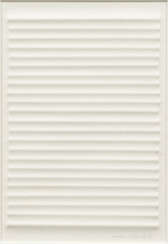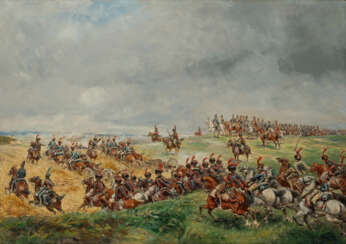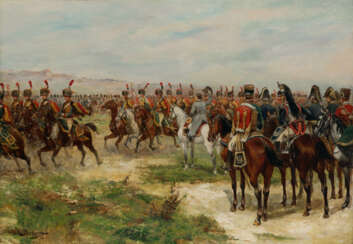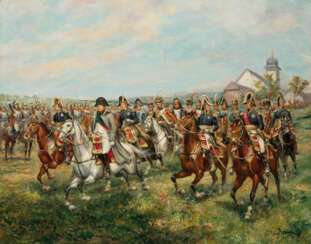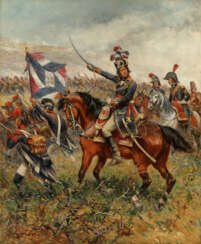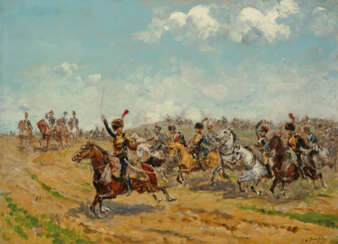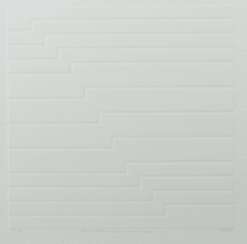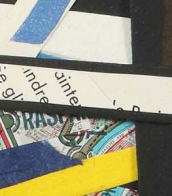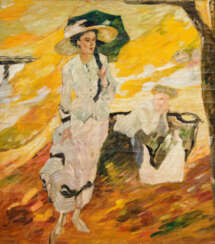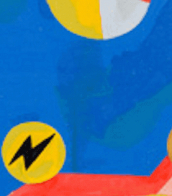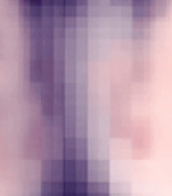1588 Items by auctions and galleries:
leo erb
Lot 242 PAUL ÉMILE LÉON PERBOYRE (HORBOURG 1851-1929 ?)
Paul-Emile Leon Perboyre (1851 - 1929) 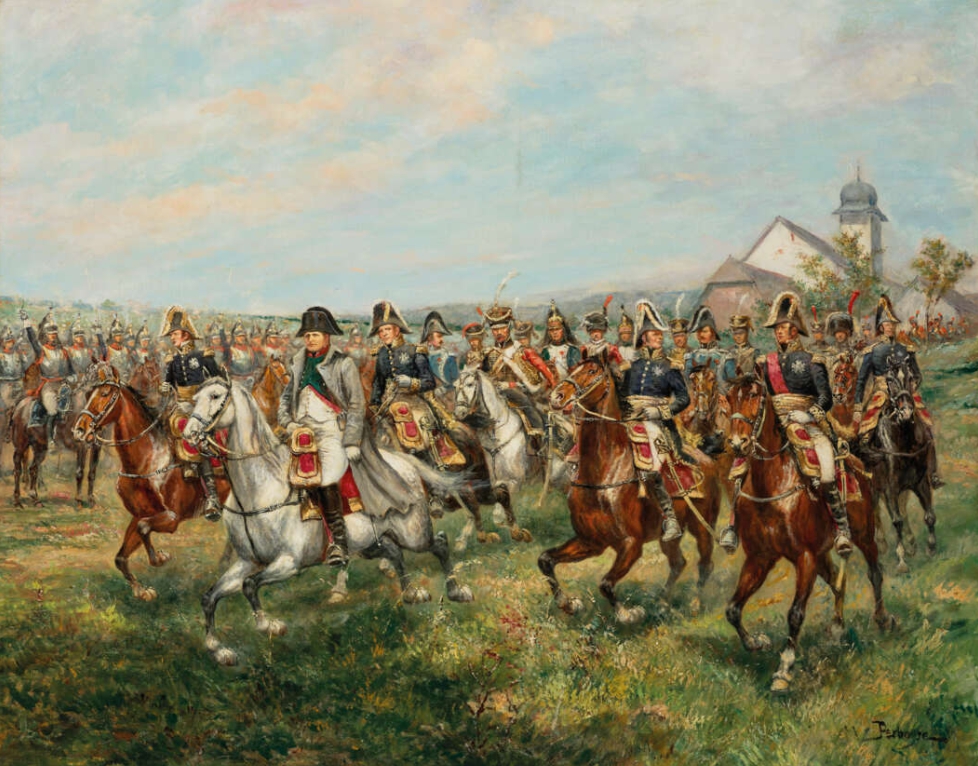 Collections
Collections 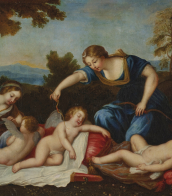

Paul-Emile Leon Perboyre
1851 - 1929
France
Paul-Emile Leon Perboyre was a French realist painter and master of battle scenes.

CHRISTIE'S
Collections
Date: 28.10.2022 13:30 UTC +01:00
Number of lots in the catalog: 299
Lot 239 PAUL ÉMILE LÉON PERBOYRE (HORBOURG 1851-1929 ?)
Paul-Emile Leon Perboyre (1851 - 1929)  Collections
Collections 

Paul-Emile Leon Perboyre
1851 - 1929
France
Paul-Emile Leon Perboyre was a French realist painter and master of battle scenes.

CHRISTIE'S
Collections
Date: 28.10.2022 13:30 UTC +01:00
Number of lots in the catalog: 299
Lot 238 PAUL ÉMILE LÉON PERBOYRE (HORBOURG 1851-1929 ?)
Paul-Emile Leon Perboyre (1851 - 1929)  Collections
Collections 

Paul-Emile Leon Perboyre
1851 - 1929
France
Paul-Emile Leon Perboyre was a French realist painter and master of battle scenes.

CHRISTIE'S
Collections
Date: 28.10.2022 13:30 UTC +01:00
Number of lots in the catalog: 299
Lot 243 PAUL ÉMILE LÉON PERBOYRE (HORBOURG 1851-1929 ?)
Paul-Emile Leon Perboyre (1851 - 1929)  Collections
Collections 

Paul-Emile Leon Perboyre
1851 - 1929
France
Paul-Emile Leon Perboyre was a French realist painter and master of battle scenes.

CHRISTIE'S
Collections
Date: 28.10.2022 13:30 UTC +01:00
Number of lots in the catalog: 299
Lot 241 PAUL ÉMILE LÉON PERBOYRE (HORBOURG 1851-1929 ?)
Paul-Emile Leon Perboyre (1851 - 1929)  Collections
Collections 

Paul-Emile Leon Perboyre
1851 - 1929
France
Paul-Emile Leon Perboyre was a French realist painter and master of battle scenes.

CHRISTIE'S
Collections
Date: 28.10.2022 13:30 UTC +01:00
Number of lots in the catalog: 299
